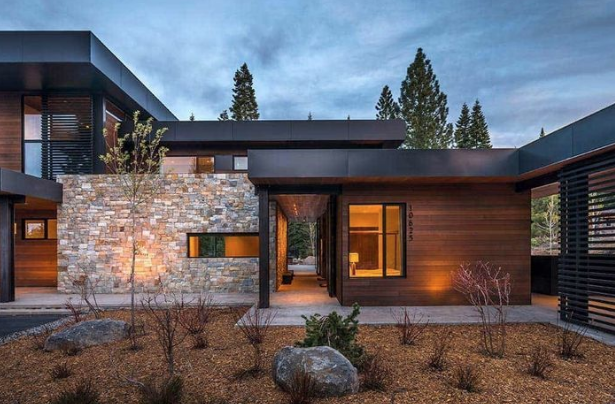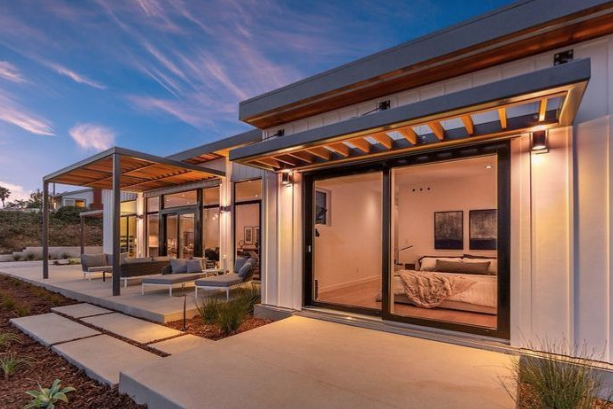Main Content
Blog
Blog Details
Absolutely Prefab-ulous: Why Luxury Buyers Are Moving Toward Modular
Set on a 7-acre vineyard in California’s Napa Valley, a compound known as Yountvilla is a private second home designed for entertaining a large family. In addition to the 14,000-square-foot main residence—in what Oakland, California-based architect Toby Long calls Napa-barn style—the estate includes a 2,000-square-foot pool house and a 2,000-square-foot party barn. The cinema, conservatory-style great room, swimming pool, hot tub, outdoor kitchen with two pizza ovens, large reflecting pool, six-car garage, tennis court and two outdoor terraces bring the party home. But for all its singularity, the lavish estate is among a growing number of modern modular mansions springing up across the U.S. that feature prefab factory-built components.

“Prefab is popular in Scandinavia, Japan and parts of Europe but not in the U.S.,” Mr. Glenn said. “We have had a significant growth in orders over the last couple of years; some is Covid-related because people have the flexibility to choose where they want to work and live.”

Architect Joseph Tanney, a partner in the New York-based firm RESOLUTION: 4 ARCHITECTURE, typically works on 10 to 20 luxury “hybrid” prefab projects a year, most of them in New York’s Hamptons, Hudson Valley and Catskills, and all of them are designed to meet LEED standards. At Plant Prefab, which uses its own proprietary Plant Building System composed of specialized panels and modules, business is so brisk that the company is building a third factory, this one fully automated, that will be capable of producing up to 800 units a year.
Text By Nancy Ruhling / Photos Courtesy PENTA / Read More Here



Login With
Or Sign Up With Disqus